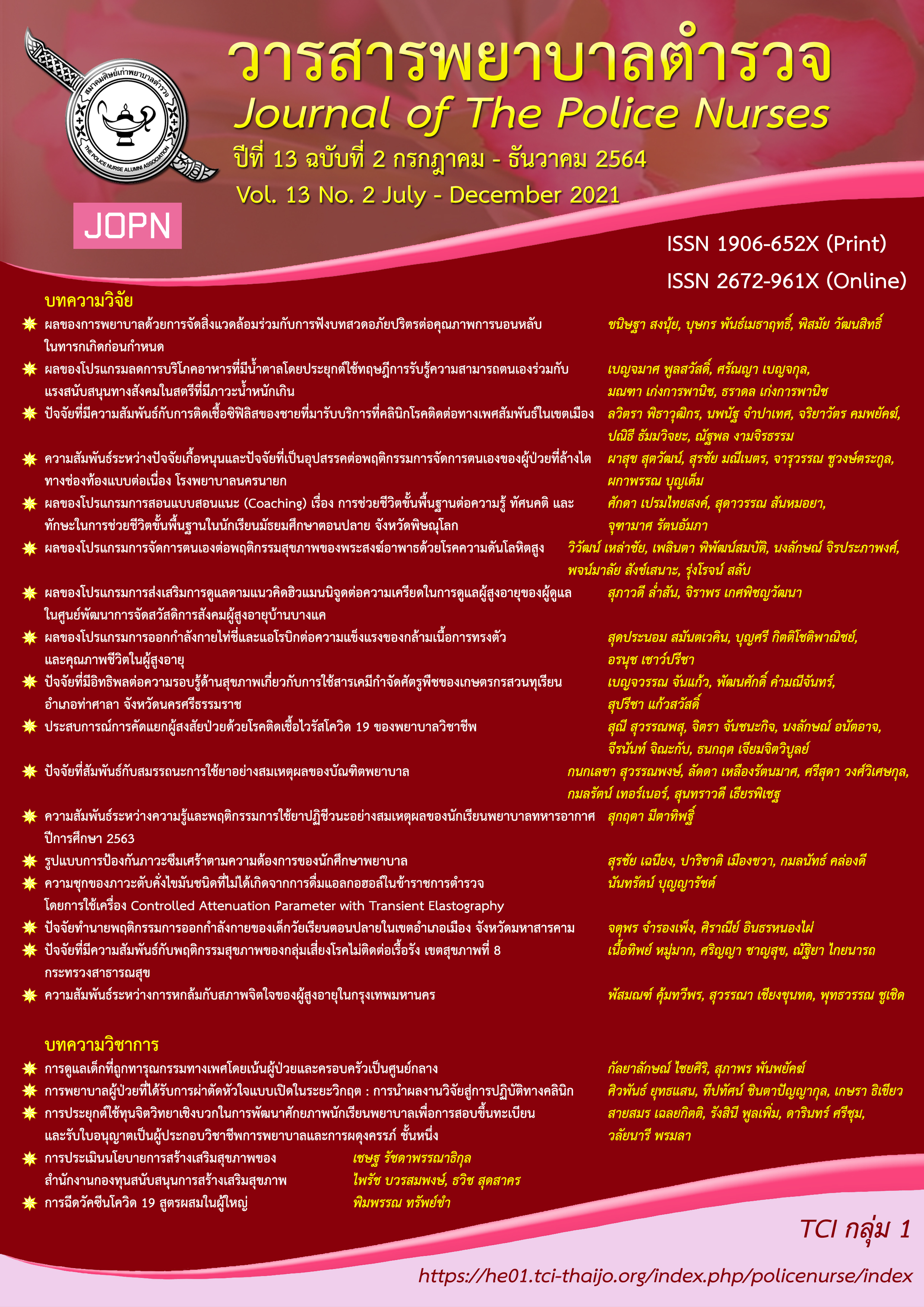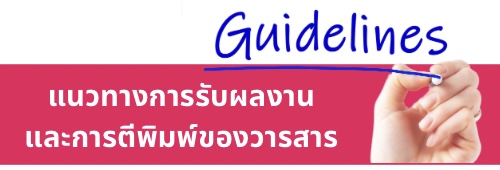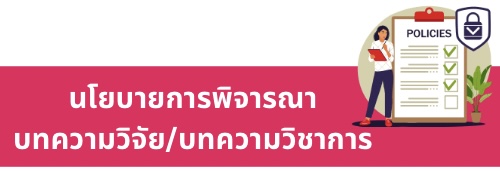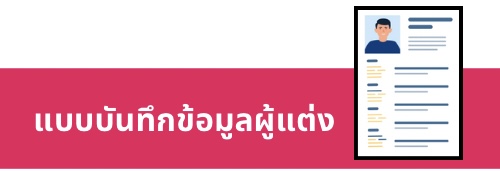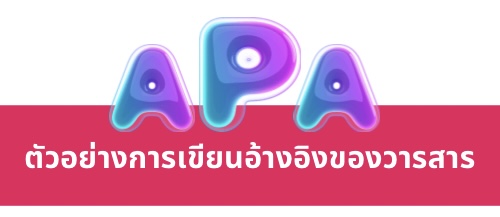ปัจจัยที่มีอิทธิพลต่อความรอบรู้ด้านสุขภาพเกี่ยวกับการใช้สารเคมีกำจัดศัตรูพืช ของเกษตรกรสวนทุเรียน อำเภอท่าศาลา จังหวัดนครศรีธรรมราช
คำสำคัญ:
ความรอบรู้ด้านสุขภาพ, สารเคมีกำจัดศัตรูพืช, เกษตรกรสวนทุเรียนบทคัดย่อ
การวิจัยแบบตัดขวางนี้มีวัตถุประสงค์เพื่อประเมินระดับความรอบรู้ด้านสุขภาพเกี่ยวกับการใช้สารเคมีกำจัดศัตรูพืชของเกษตรกรสวนทุเรียน และวิเคราะห์ปัจจัยที่มีอิทธิพลต่อระดับความรอบรู้ด้านสุขภาพเกี่ยวกับการใช้สารเคมีกำจัดศัตรูพืชของเกษตรกรสวนทุเรียน ตัวอย่าง คือ เกษตรกรสวนทุเรียนในเขตอำเภอ ท่าศาลา จังหวัดนครศรีธรรมราช จำนวน 274 คน สุ่มตัวอย่างด้วยการสุ่มรายชื่อแบบเป็นระบบ เก็บรวบรวมข้อมูลด้วยแบบสอบถามความรู้ ทัศนคติ และความรอบรู้ด้านสุขภาพเกี่ยวกับการใช้สารเคมีกำจัดศัตรูพืชของเกษตรกรสวนทุเรียนที่ผู้วิจัยพัฒนาขึ้น ผ่านการตรวจสอบความตรงตามเนื้อหาจากผู้ทรงคุณวุฒิ 3 ท่าน และมีค่าสัมประสิทธิ์แอลฟาครอนบาค เท่ากับ .85, .83 และ .91 ตามลำดับ วิเคราะห์ข้อมูลด้วยสถิติเชิงพรรณนาและการวิเคราะห์การถดถอยเชิงพหุคูณแบบขั้นตอน
ผลการวิจัยพบว่า 1) เกษตรกรสวนทุเรียนมีคะแนนเฉลี่ยระดับความรอบรู้ด้านสุขภาพเกี่ยวกับการใช้สารเคมีกำจัดศัตรูพืชในภาพรวมอยู่ในระดับสูง (M = 3.99, SD = .43) 2) ปัจจัยที่มีอิทธิพลต่อความรอบรู้ด้านสุขภาพเกี่ยวกับการใช้สารเคมีกำจัดศัตรูพืชของเกษตรกรสวนทุเรียน คือ ทัศนคติเกี่ยวกับการใช้สารเคมีกำจัดศัตรูพืช การใช้อุปกรณ์ป้องกันตนเองจากการสัมผัสสารเคมีกำจัดศัตรูพืช และเพศหญิง โดยสามารถร่วมกันทำนายความรอบรู้ด้านสุขภาพเกี่ยวกับการใช้สารเคมีกำจัดศัตรูพืชได้ร้อยละ 14.3 (R2 = .143, R2 Adjusted = .134, p = .000)
ผลจากงานวิจัยนี้สามารถนำไปประยุกต์ใช้ในการจัดโปรแกรมสร้างเสริมความรอบรู้ด้านสุขภาพเกี่ยวกับการใช้สารเคมีกำจัดศัตรูพืช เพื่อให้เกษตรกรสวนทุเรียนมีความรอบรู้ด้านสุขภาพ ทักษะ และแนวทางปฏิบัติเกี่ยวกับการใช้สารเคมีกำจัดศัตรูพืชที่ได้อย่างถูกต้องและเหมาะสม
Downloads
เอกสารอ้างอิง
Bloom, B. (1971). Mastery learning. New York, NY: Holt, Rinehart & Winston.
Cochran, W.G. (1977). Sampling techniques (3rd ed.). New York, NY: John Wiley & Sons.
Department of Agriculture. (2018). Volume and value of imported pesticides in 2011-2017. Retrieved from http://oldweb.oae.go.th/economicdata/pesticides.html
Department of disease control. (2019). Disease prevention and control research plan 2019-2021. Nonthaburi: Department of disease control.
Department of Health. (2018). Concepts and principles of health literate organization. Nonthaburi: Office of DOH 4.0 and Health Literacy.
Health Data Center Nakhon Si Thammarat. (2019). Patients statistic from toxic pesticides. Retrieved from https://nrt.hdc.moph.go.th/hdc/reports/report.php?source=pformated/format1
Health Education Division. (2018). Attitude. Nontaburi: Ministry of Public Health.
Health Education Division. (2018). Health literacy. Nontaburi: Ministry of Public Health.
Khumthong, T. (2016). A causal model and effect of health literacy to health behavior and health outcome of risk Thai adulth with diabetes and hypertension in Uthai Thani and Ang Thong province (doctoral dissertation). Chulalongkorn University, Bangkok.
Manganello, J. A. (2008). Health literacy and adolescents: A framework and agenda for future research. Health Education Research, 23(5), 2008.
Montgomery, H., Morgan, S., Srithanaviboonchai, K., Ayood, P., Siviroj, P., & Wood, M. (2020). Correlates of health literacy among farmers in Northern Thailand. International Journal of Environmental Research and Public Health, 17(7071), 1-14.
National Health Security Office. (2019). Register of patients per disease. Retrieved from https://www.nhso.go.th
Nilnate, W., Hengprapro, S., & Hanvoravongchai, P. (2016). Level of health literacy in Thai elders, Bangkok, Thailand. Journal of Health Research, 30(5), 315-321.
Nutbeam, D. (2008). The evolving concept of health literacy. Social Science & Medicine, 67, 2072-2078.
Nutbeam, D. (2009). Defining and measuring health literacy: What can we learn from literacy studies? International Journal of Public Health, 2009(54), 303-305.
Office of Agricultural Economics. (2019). Agricultural production information. Retrieved from http://www.oae.go.th/view/1/TableofDurian/TH-TH
Roma, W. (2019). Health literacy & health communication 2019. Retrieved from http://foodsan.anamai.moph.go.th/download/D_HLO/Health%20Literacy%20&%20Health%20Communication.pdf
Svensson B., & Hansson, L. (2016). How mental health literacy and experience of mental illness relate to stigmatizing attitudes and social distance towards people with depression or psychosis: A cross-sectional study. Nordic Journal of Psychiatry, 70(4), 309-313.
The Agricultural Research Development Agency. (2020). Durian production season in Thailand. Retrieved from http://www.arda.or.th/kasetinfosouth/durian/controller/01-10.php
Tha Sala District Agricultural Extension Office. (2019). Important economic crops in Tha Sala district. Retrieved from http://thasala.nakhonsri.doae.go.th
Tobklang, P., & Banchonhattakit, P. (2019). Effects of health literacy promoting program for pesticide usage of cassava farmer, Soeng Sang district, Nakhonratchasima province. Journal of Health Education, 42(1), 80-92.
Toeihom, N., & Soonthornchaikul, N. (2017). Determinants of risk perception regarding pesticide use among farmers in Nongchang district, Uthaithani province. Journal of Safety and Health, 10(37), 21-34.
WHO. (2016). The mandate for health literacy. WHO Global Health Promotion Conferences. 9th Global Conference on Health Promotion, Shanghai 2016. Retrieved from http://www.who.org
ดาวน์โหลด
เผยแพร่แล้ว
รูปแบบการอ้างอิง
ฉบับ
ประเภทบทความ
สัญญาอนุญาต
ผลงานที่ได้ตีพิมพ์แล้วจะเป็นลิขสิทธิ์ของวารสารพยาบาลตำรวจ

